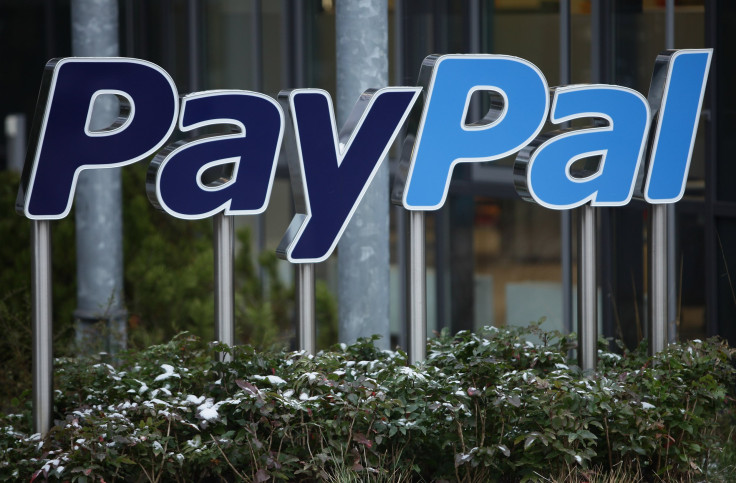Why Venmo Is Paypal's Secret Weapon

By nearly every measurable metric, PayPal Holdings Inc (NASDAQ:PYPL) enjoyed yet another successful year in 2018. When the company reported its 2018 fourth-quarter earnings, full-year revenue had grown to $15.45 billion, an 18% increase year-over-year, and non-GAAP earnings per share (EPS) had risen to $2.42, a 26.7% improvement over 2017's totals.
Even better, the company's number of active accounts had jumped to 267 million, a 17% gain, while transactions per active account had increased nearly 10%. In other words, more people were using PayPal's services more often than ever before. That's the type of potent combination that most often leads to the robust top- and bottom-line growth PayPal is experiencing.
The biggest driver of this outsize growth seems to be mobile. In Q4, mobile payment volume, the total amount of payment volume originating from a mobile device, reached $67 billion, good for 41% of PayPal's total payment volume. While there have been several catalysts for PayPal's mobile growth, including One Touch, none has been bigger than Venmo, the payments app so popular with millennials.
Venmo's Viral Popularity And Growing Profitability
In 2018, Venmo processed $62 billion in payments, a 79% increase over 2017's total. Management believes that number could hit $100 billion in 2019, which would represent a 61% increase year-over-year. The past two quarters, Venmo's payment volume even surpassed PayPal's payment volume facilitated by eBay, PayPal's former corporate parent.
The most exciting news about Venmo's growth for PayPal shareholders, of course, is how quickly the service is being monetized. In the fourth-quarter conference call, CEO Dan Schulman said the company was very pleased with how well the process to make it profitable was going:
[T]he one thing that ... we're quite pleased with is really the rapid adoption of monetizable services on Venmo. We exit 2018 north of $200 million revenue run rate on Venmo. That's from literally almost nothing months and months ago from when we first started, I remember, beginning of the year. So you're seeing a lot of people question, 'Can we monetize Venmo?' And what we've always said about monetizing Venmo is it's not monetizing so much. It's adding value-added services that actually increase the value that a Venmo user gets by being part of that Venmo platform.
Currently, about 29% of Venmo account holders (up from 24% in Q3) have used the service to handle a monetized transaction, which includes making an instant transfer, paying for a product or service, or using the Venmo debit card.
While about half of that revenue is generated from instant transfers, don't discount account holders' increased use of Venmo to make payments on popular digital platforms. Before the end of 2018, Shopify, Hulu, Bigcommerce, and Jay-Z's Tidal music service all partnered with Venmo as a method their customers could use to pay for their products.
Why This Is A Big Deal
What makes Venmo's growth and rising profitability so important is that it has concealed PayPal's true moneymaking capabilities. Before Venmo was being used to make money, the service lost more and more money each year as its usage increased. While Venmo is still not profitable, and won't be for a few quarters, the losses the service is generating have stopped increasing, even as its popularity continues to grow. That's a big milestone. As these monetized activities increase, PayPal's true earnings potential, as expressed in its margins, will begin to become more evident.
In Q4, PayPal's non-GAAP operating margin was 21.6%, a number that could really be goosed in the quarters and years ahead, as Venmo makes more money. CFO John Rainey hinted at this margin expansion potential saying, "Entering 2019, we are well positioned to build on our momentum and continue delivering strong revenue growth with margin expansion." Later in the conference call, he added that while Venmo is not breaking even yet, "there's line of sight to that with what we're doing." After that, Rainey said, the company can "really put our foot on the pedal and see the same type of profitability in this platform or more perhaps that we do with PayPal and some of our other services." That is welcome news for shareholders.
This article originally appeared in the Motley Fool.
Matthew Cochrane owns shares of PayPal Holdings and Shopify. The Motley Fool owns shares of and recommends PayPal Holdings and Shopify. The Motley Fool recommends eBay. The Motley Fool has a disclosure policy.




















